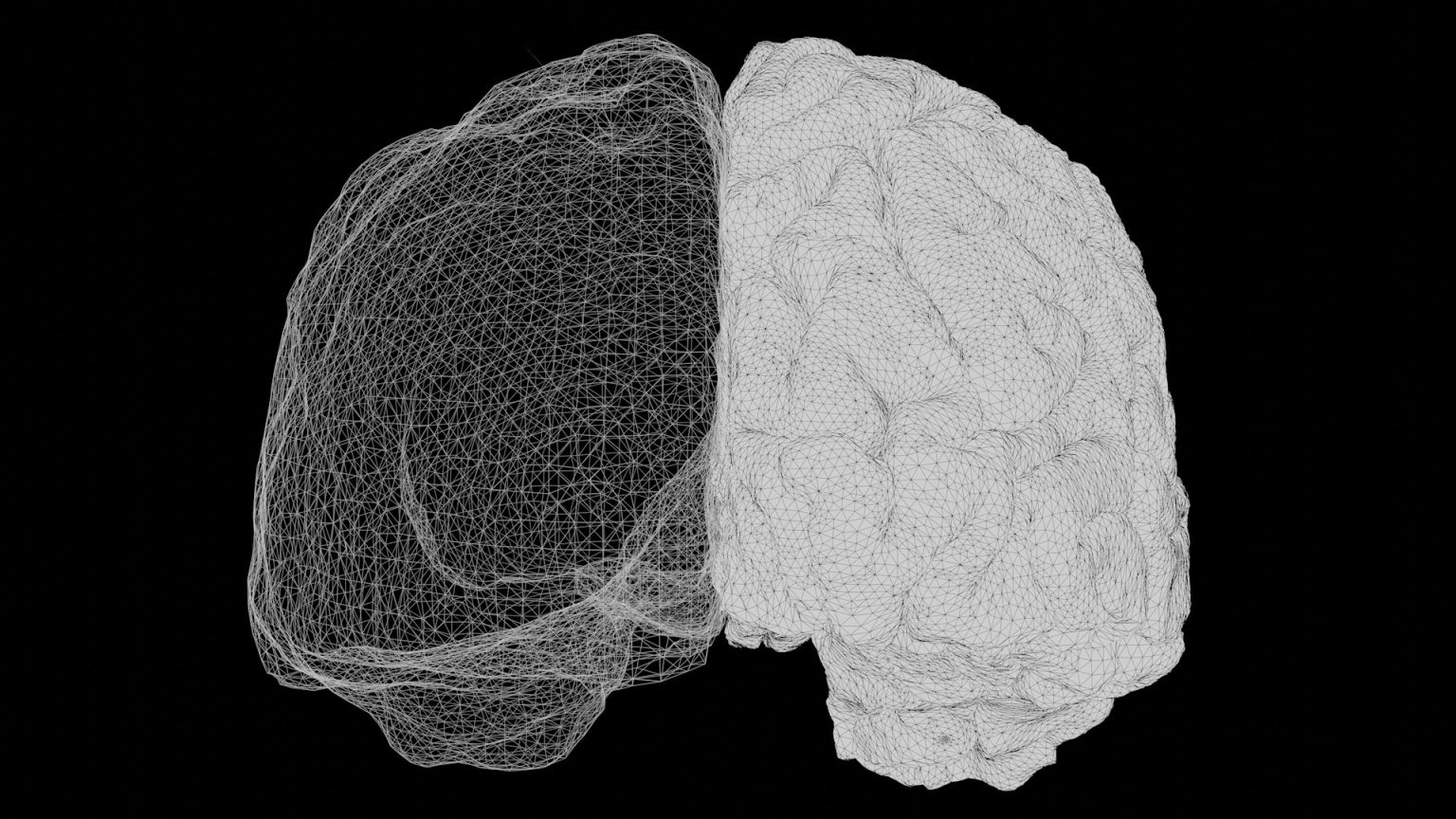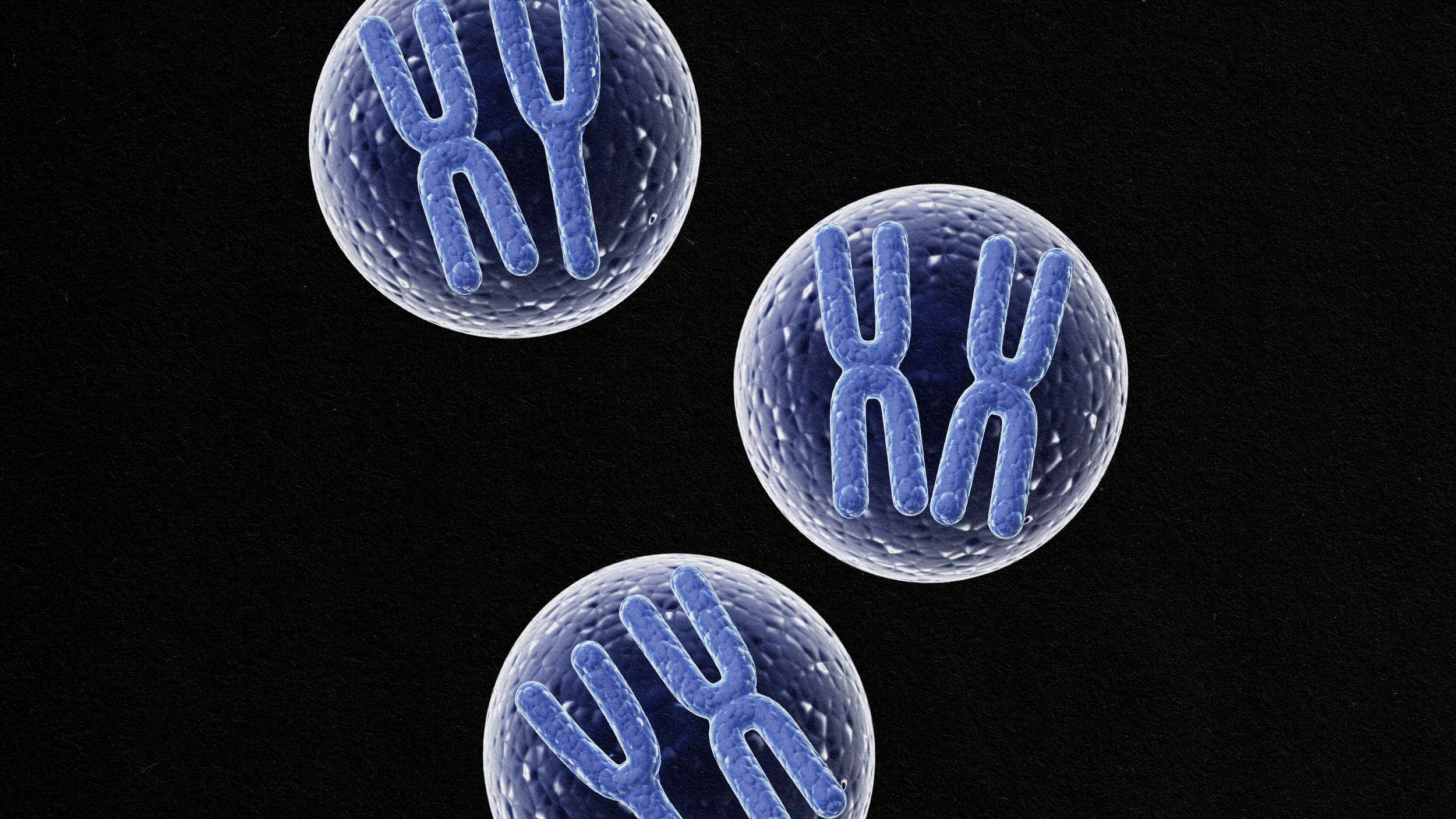Scientist Crack the Brain’s Memory Code

What’s the Latest Development?
Scientists believe they have cracked the code used by the brain to store memories. A team of Canadian and American researchers have found a plausible way of encoding synaptic memory in the brain using microtubules, which are major components of the structural system which supports the integrity of the brain’s neurons. “Microtubules define neuronal architecture, regulate synapses, and are suggested to process information via interactive bit-like states of tubulin.” It is the first time scientists have found a code connecting microtubules to synapses.
What’s the Big Idea?
The popular analogy of the brain to a computer is effective in much of what the brain does, such as processing raw data into recognizable patterns. When it comes to memory, however, the analogy falls apart. There is no central hard drive on which the brain appears to store memory. In fact, the synaptic components that are believed to process and store memory are relatively short-lived, though memories can last a lifetime. By using microtubules to better understand memory, scientists hope to combat memory-related disease like Alzheimer’s.
Photo credit: shutterstock.com





